As you open the door to your favorite bakery, the fresh smell of cooked dough wafts into your nose, relaxing your body and creating a euphoric experience. Entranced by the smell of all the baked goods, you ask for a loaf of ciabatta and hear the crunch of the crust scraping against the side of the brown paper bag. It’s a sound that makes you feel happy.
Through the test of time, bread has remained a simple concoction of only four ingredients, flour, water, yeast, and salt. The love of bread is not one of an individual, but a love shared by many. Everyone, from the present to biblical and pre-biblical times has enjoyed varieties from flatbread to cornbread. Bread is simple. Bread is reliable. Bread is life.
According to historians, the first evidence of bread was found in The Black Desert in Jordan, 14,600 years ago. This flat style of bread was most likely made of wild wheat, barley, or plant roots. They were ground up, mixed with water, and poured onto a hot stone. In Australia and Europe, grinding stones have been found that date back to 30,000 years ago. Around 10,000 years ago, when cities began to develop, artisans did, too. Among these artisans were bakers. And guess what the bakers made– you guessed it, bread.
Bread remains a fundamental part of our diets to provide energy. Bread is a key part of a balanced diet. It provides people with starch and carbohydrates which is necessary for energy-supporting body functions.
Thus enters the recent controversy surrounding bread. Bread has garnered its fair share of disrespect from people saying it’s not good for you and not necessary for consumption as it can cause spikes in blood sugar levels. This may be true when eating bread produced by large factory corporations. Corporations such as Nature’s Own add ingredients such as ascorbic acid and monoglycerides rather than sticking to the original four-ingredient list. If people only ate bread following the four-ingredient recipe it would not lead to health problems. You’d be in fine shape without all the added chemicals used to make bread more shelf-stable. So, in turn, just make your own bread, it’s simple and easy.
Bread’s simplicity is versatile. It allows the consumer and creator to add things making it even more delicious. Some good additions to bread are thyme, rosemary, olives, cheese, and raisins. Once baked, these new tasteful ingredients will add an enhanced aroma and flavor that transforms bread into something even more enjoyable.
This presents the next problem. What is the best way to eat bread and where? Bread is a food that you can eat almost anywhere. The top of a mountain, lying on the couch, at a restaurant before your food arrives; the options are limitless. In my opinion, the best place to eat bread is on the porch of a cabin in the woods.
The feeling of the cool North Carolina mountain breeze, blowing cool air onto your face whilst eating your third airy loaf of white bread, freshly made in a wood-fired oven— it’s just a different experience. In order to elevate the bread-eating experience, grab a ramekin, and fill it with oil and balsamic vinegar: obviously a two-to-one ratio. This sauce not only creates an aromatic experience that elevates the already nearly perfect bread but also adds a type of flavor that you can not include by adding it to the dough. This sauce will turn an already great experience into an exponentially better one.
Bread is an everlasting food riddled with tradition for many. It is 15000 years old and is still being eaten by people today. can be customized to your taste, and is an important part of a good diet if it is not doused in mystery chemicals that are used in the scientific world, not just the baking one.





















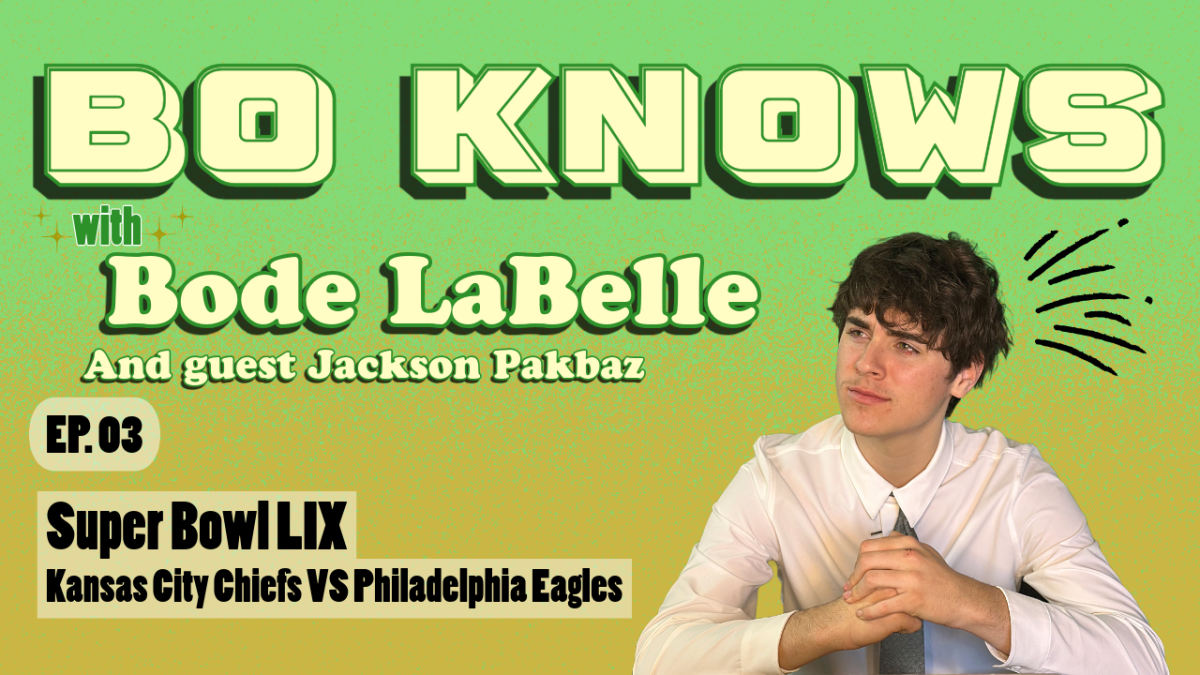
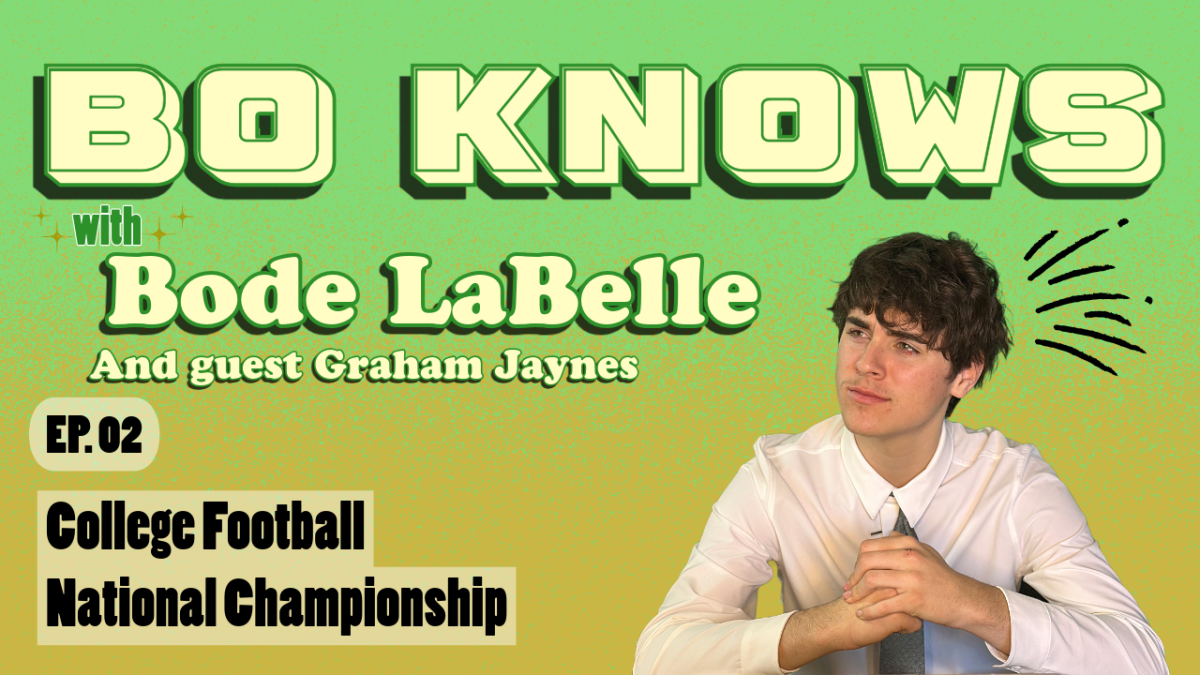

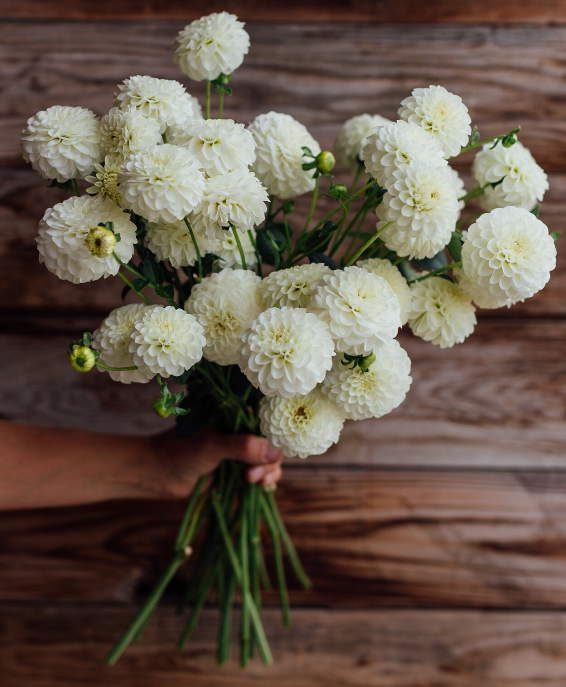
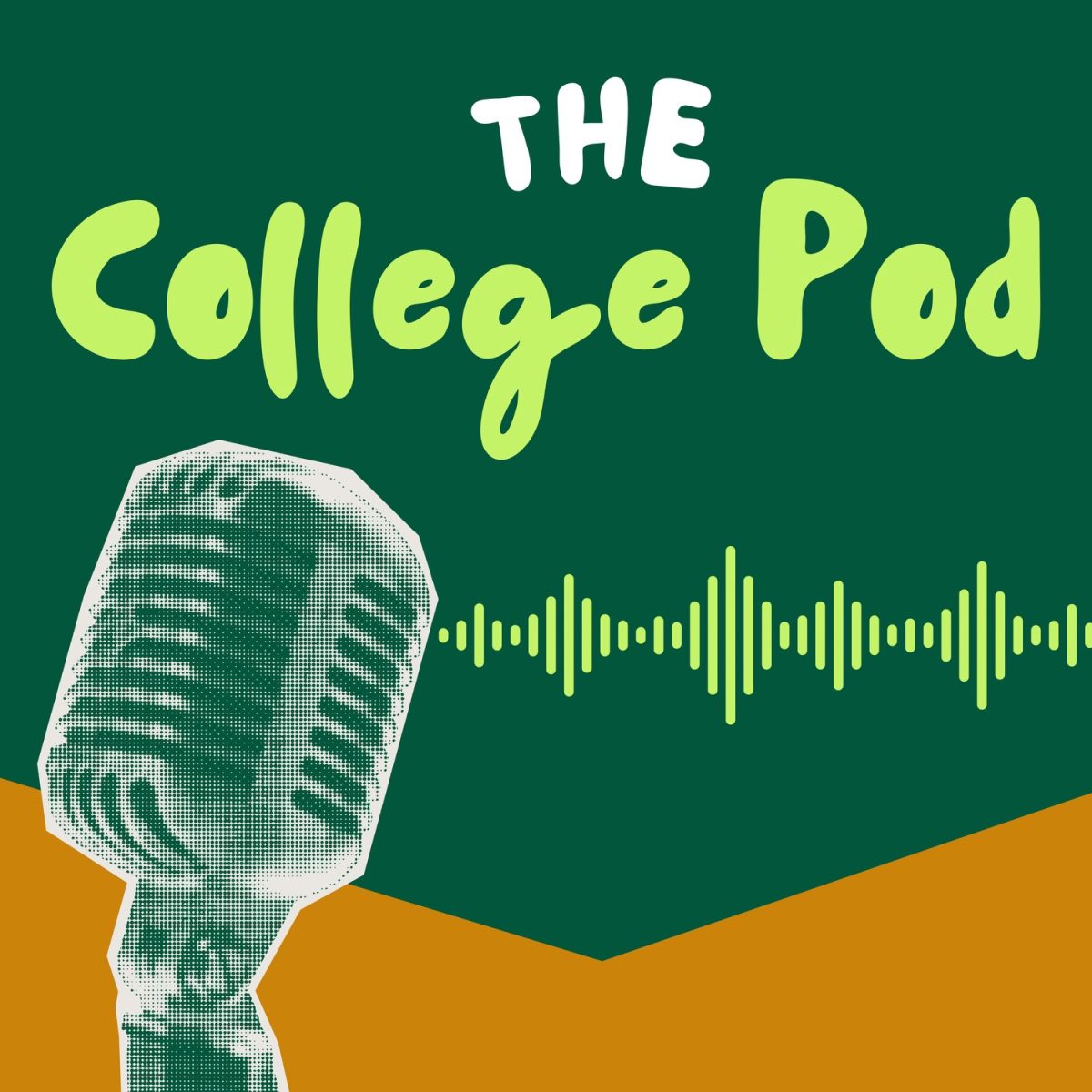





















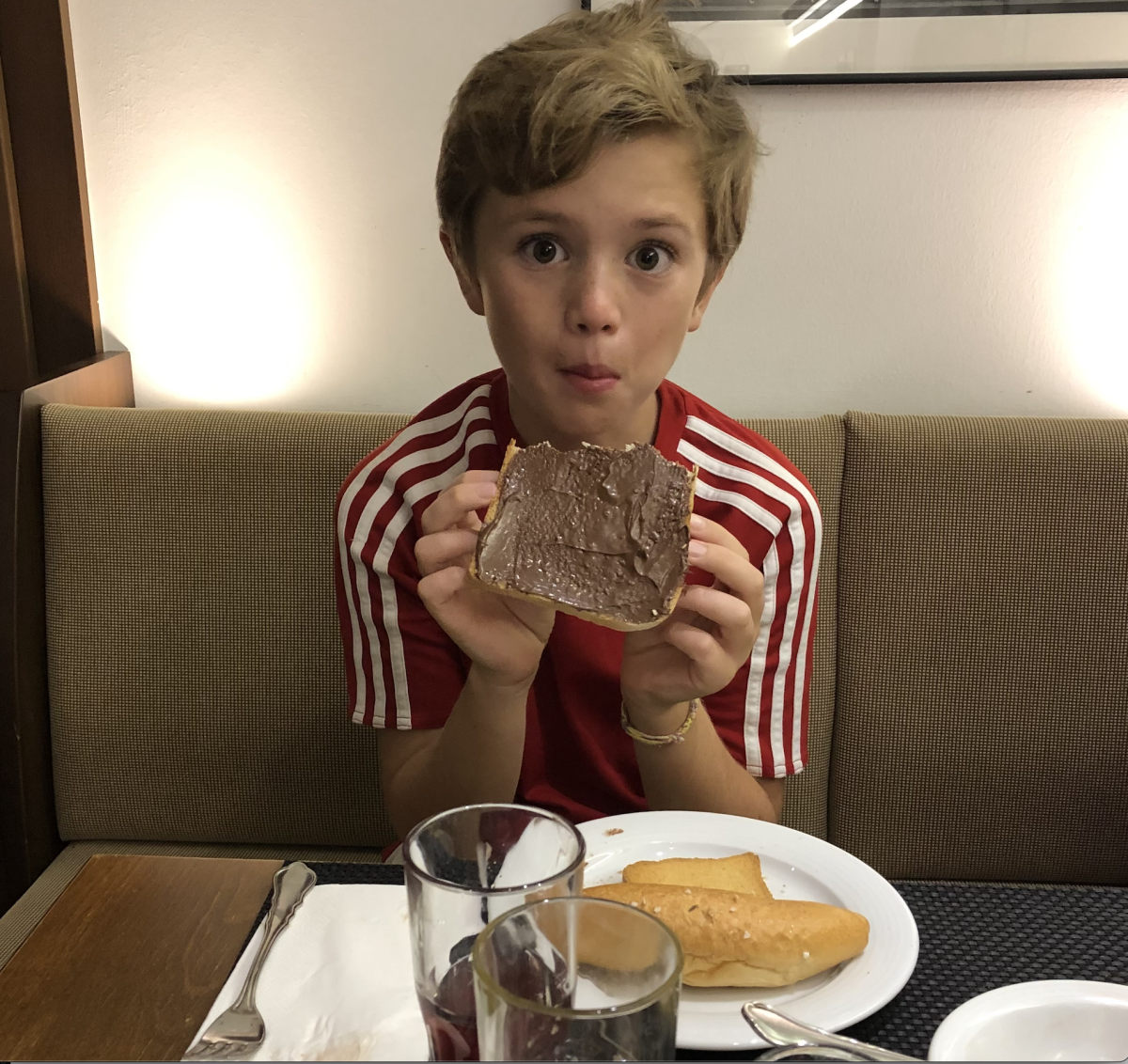

Jeannine Elisha • Sep 26, 2023 at 2:05 pm
Bread was my favorite food! Unfortunately, 13 years ago, I found out I have an allergy. My life hasn’t been the same since. Yes, I feel better, but walking into a bakery simply now makes me sad. Thank goodness for dark chocolate – my new favorite food – and maybe the topic of your next article.